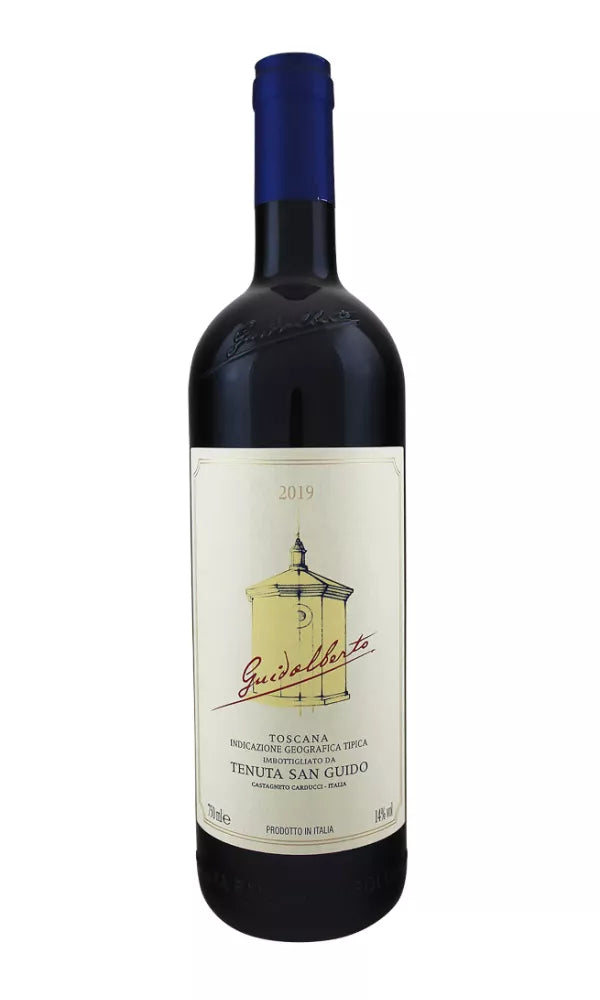2019 Tenuta San Guido "Guidalberto" Bolgheri 0.75lt.
The 2019 Tenuta San Guido "Guidalberto" Bolgheri is an enticing red wine with aromas of purple flowers, dark berries, and mint. Its palate features flavors of blackberry, orange zest, licorice, and saline notes, balanced by refined tannins and fresh acidity. It has received high ratings, including 95 points from Wine Enthusiast and 93 points from both Raffaele Vecchione and Falstaff.
The 2019 Tenuta San Guido "Guidalberto" Bolgheri is an enticing red wine with aromas of purple flowers, dark berries, and mint. Its palate features flavors of blackberry, orange zest, licorice, and saline notes, balanced by refined tannins and fresh acidity. It has received high ratings, including 95 points from Wine Enthusiast and 93 points from both Raffaele Vecchione and Falstaff.

